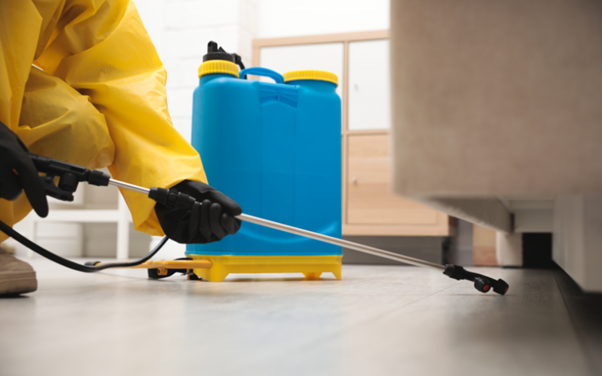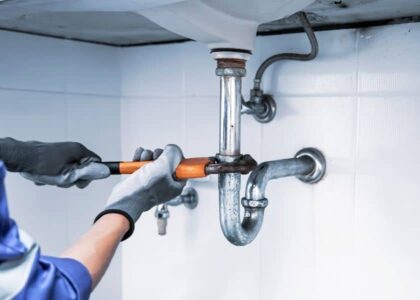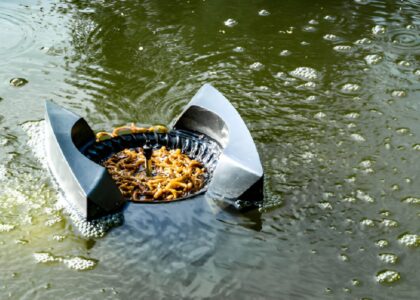Efficient pest management is essential for ensuring a hygienic and secure atmosphere in a restaurant. However, pest issues are not uniform across the board. The specific pests that may infiltrate your establishment and the commercial pest control cost can differ greatly with the changing seasons. Recognising these seasonal fluctuations is vital for enhancing your pest control strategy.
Learn how to modify your pest management approach to accommodate seasonal variations, guaranteeing your restaurant stays free from pests throughout the year.
Understanding Seasonal Pest Patterns
Pest activity fluctuates with the seasons, and recognising these patterns can help in developing a more effective pest control plan. Different pests are more active during certain times of the year, influenced by temperature, humidity, and food availability. Ignoring these seasonal trends can lead to ineffective pest control measures, increased infestations, and higher costs.
Spring: The Awakening of Pests
Spring is a critical time for restaurant pest management. As temperatures rise, many dormant pests during the winter become active again. Common spring pests include ants, flies, and rodents. Ants, in particular, become a significant problem as they search for food and water sources. Flies also begin to breed rapidly, posing a risk to food safety and hygiene.
Action Steps for Spring:
- Conduct a thorough inspection of your restaurant to identify potential entry points for pests.
- Increase the frequency of pest control treatments to combat the rise in pest activity.
- Focus on sanitation practices, as pests are attracted to food residues and waste.
Summer: The Peak of Pest Infestation
Summer is often the most challenging season for restaurant pest management. The warm weather and abundance of food sources lead to a peak in pest activity. Insects like cockroaches, mosquitoes, and wasps thrive in summer, and rodents may also become more active. The commercial pest control price may increase during this period due to the need for more frequent treatments and targeted pest control measures.
Action Steps for Summer:
- Implement strict waste management practices to prevent pests from being attracted to your restaurant.
- Consider installing air curtains or screens to keep flying insects out.
- Schedule regular pest control services to address emerging infestations before they become severe.
Fall: Preparing for Overwintering Pests
As the weather cools in the fall, many pests seek shelter indoors, making restaurants a prime target. Rodents, spiders, and cockroaches are common fall pests that look for warm, sheltered environments to overwinter. Preventing these pests from entering your restaurant during the fall is critical to avoid infestations that can persist throughout the winter.
Action Steps for Fall:
- Seal cracks and gaps in the building’s exterior to prevent pests from entering.
- Store food in airtight containers to reduce attractants.
- Increase pest monitoring and baiting to catch and eliminate pests before they establish a presence indoors.
Winter: Managing Dormant and Hidden Pests
Winter is typically a quieter time for pests, but this doesn’t mean restaurant pest controlshould be neglected. While some pests become dormant, others, such as rodents and cockroaches, may remain active indoors. These pests are often more challenging to detect and control during the winter months, as they tend to hide in warm, secluded areas of the restaurant.
Action Steps for Winter:
- Focus on deep cleaning and maintenance to eliminate potential hiding spots for pests.
- Regularly inspect storage areas, kitchens, and basements where pests may take shelter.
- Maintain a consistent pest control schedule to address any hidden infestations.
The Impact of Seasonal Pest Control on Costs
Adjusting your restaurant pest control plan to account for seasonal changes can significantly impact pest control costs. While it may seem cost-effective to reduce pest control efforts during less active seasons, this approach can lead to larger infestations and higher costs down the line. By proactively managing pests throughout the year, you can reduce the need for emergency treatments and costly infestations.
Cost-Effective Strategies
- Year-Round Contracts: Consider a year-round pest control contract, including regular inspections and treatments. This approach can be more cost-effective than paying for emergency services during peak seasons.
- Preventive Measures: Investing in preventive measures, such as sealing entry points and improving sanitation, can reduce the likelihood of infestations and lower overall pest control costs.
- Tailored Pest Control Plans: Work with a professional pest control service to develop a tailored plan that addresses the specific seasonal needs of your restaurant. This approach ensures you are only paying for the services you need when you need them.
Conclusion
Effective seasonal pest management is essential for ensuring a safe and sanitary restaurant environment. You can successfully mitigate infestations and manage commercial pest control costs by recognising the seasonal behaviours of pests and modifying your pest control strategy accordingly. Conducting routine inspections, implementing preventive strategies, and adopting a customised pest control plan will help maintain a pest-free restaurant throughout the year, safeguarding the well-being and satisfaction of your patrons.
Visit Rentokil and let us help you create a safe and welcoming environment for your customers and staff.






